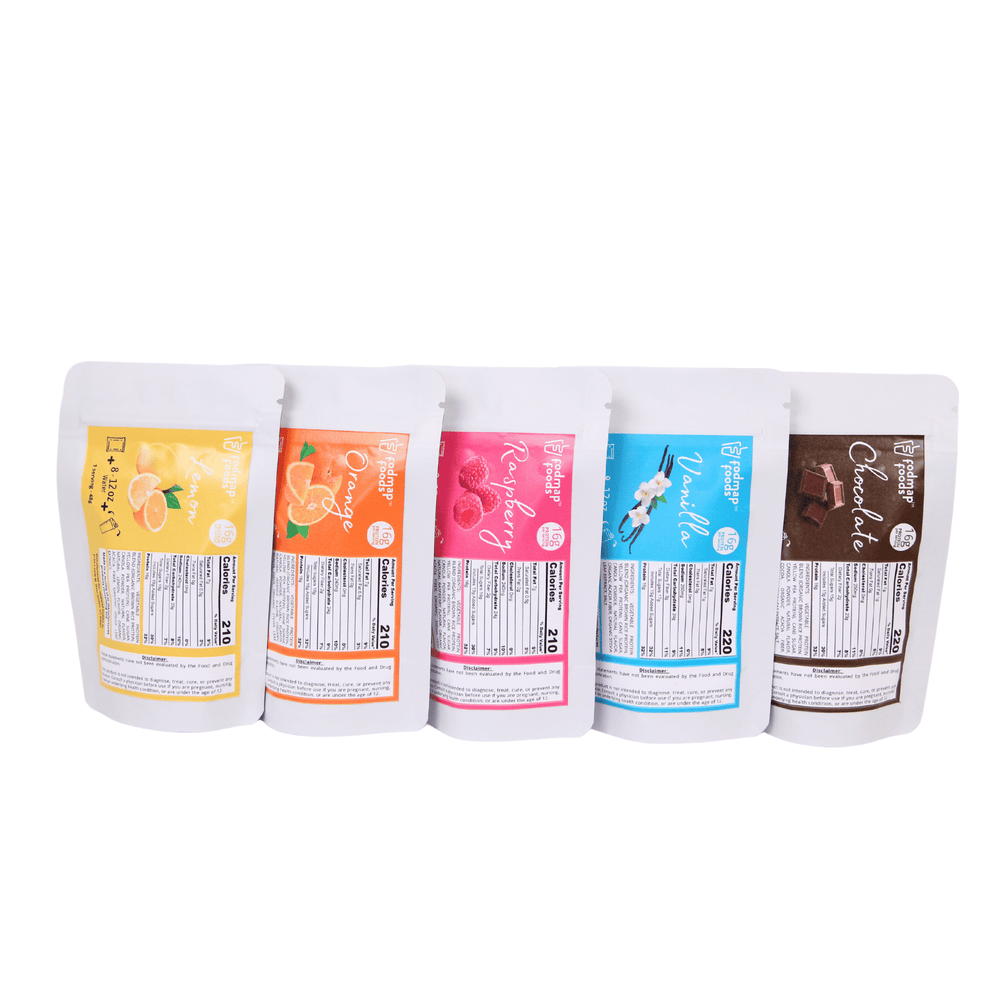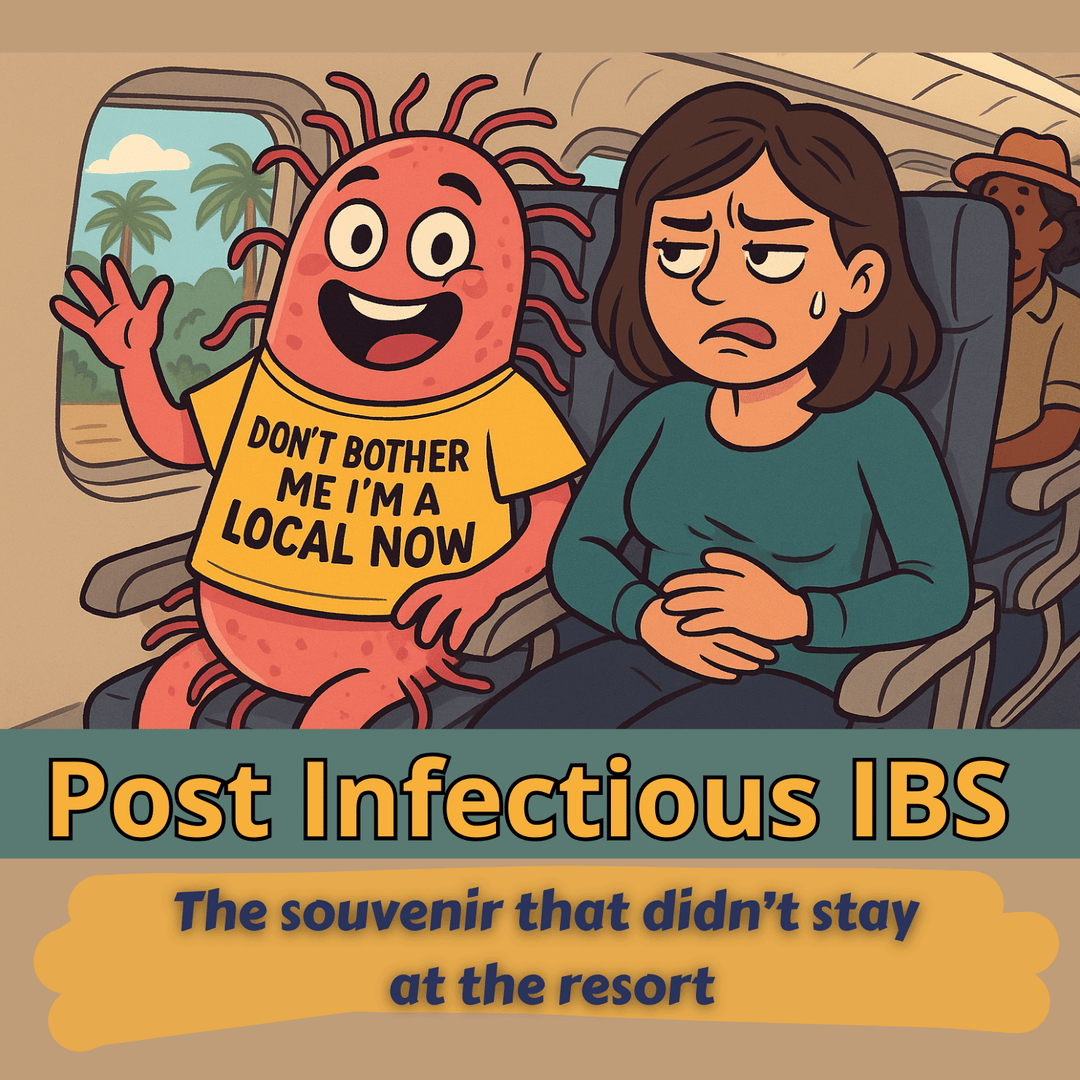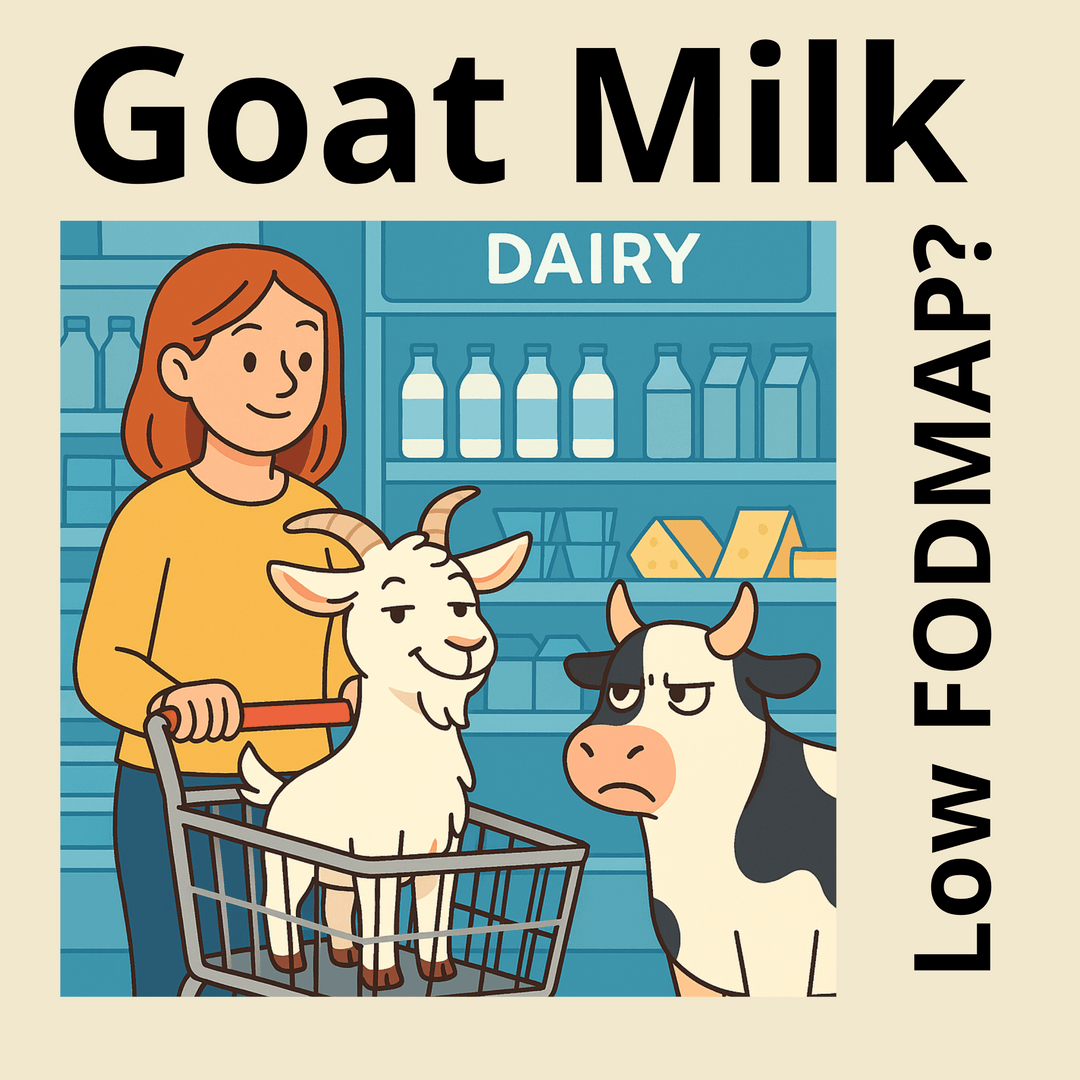Is this a balanced meal?

Of Course it is!
That's the short answer. The long answer is a bit more complex. This is because there are many ways to define "balanced". How is this a balanced meal? We have taken the time to balance out the macros; protein, carbs, and fats to a healthy proportion. This keeps our product Low Carb and High Protein, making it balanced.
Did you know the ADA or American Diabetes Association has a recommendation for macro balance in diabetic diets. They suggest consuming an average of 45% of their caloric intake from carbohydrates, approximately 36-40% from fat, and around 16-18% from protein [P1].
Another recommendation for balancing out Macros was given by the AIIMS-DST Initiative. Working to manage obesity in midlife women, the guideline suggests apart from calorie reduction, macronutrients should meet the following distribution: low carbohydrate (45–55%), high protein (10–35%), and low fat (20–30%) [P2]
In today’s landscape of high protein low carb, we wanted to stand out and offer a balanced low FODMAP product. Keeping in line with low carb and high protein we balanced this shake with the following calorie portions.
40% Protein
30% Carbs
30% Fats
Now you know about the balancing act, let’s talk about the individual components.
High Quality Protein
This vegan protein is a complete protein source. It has all 9 essential amino acids needed for humans to live. We use premium pea protein combined with rice protein. Neither is a complete protein by itself, but when combined, the two together create a complete protein source for a healthy diet.
"Fat Free" does not mean healthy
Some may feel fats are "bad", I believe most of us realize this is not completely true. Fats are essential in a healthy diet and many fats are healthy and beneficial. Easily noted, the human brain is 60% fat. Besides the brain you also need fat for essential processes in your body. What about the fats in our product? We use canola oil for its health benefits and great taste (see our blog post https://www.fodmapfoods.com/blogs/news/canola-causes-alzheimers). One may argue it is one of the top sources of fat you can find, especially when compared to other animal and tropical oils. We considered using tropical oils, like coconut oil, for supposed health benefits. However, in an article in a cardiology journal from January 2020 they concluded that coconut oil may be one of the worst cooking oils for increasing risk for cardiovascular disease (1). Research tells us that Canola can lower LDL (bad cholesterol) and reduce risk of death from cardiovascular disease (4) (5) (7). In people with type 2 diabetes, canola oil showed to lower blood sugar control markers and improve liver functions over sesame oil (6).
Sugar is essential
Saying sugar is bad for you is like saying calories are bad for you. Calories and sugar are essential to life, yet both can be bad in excess. Did you know the brain runs almost exclusively on sugar. In fact, neurons, or the cells in the brain, have the highest requirement for energy. This means they get a constant flow of sugar delivered. No wonder our body and brain have a natural way of seeking out sugar. Otherwise, the US would not spend billions of dollars of soda and other sweetened drinks. When we do not get enough carbohydrates in a meal or in your diet, you can have strong sugar cravings. To avoid this, we have included sugar in our product for our body and brain to use. As mentioned above it as also balanced in the product to still be a "low carb" product.
What is low carb?
There is no clear rule for a low carb diet. Usually, keeping carbs below 100-150 grams per day is generally accepted. Our product has 23 g per serving. Meaning you could eat 6 drinks a day and still be under 150g of carbs. If you’re not doing a low carb diet, this means there is still extra room for other sugar in your day.
What carbohydrates did we use?
Our product uses sucrose cane sugar, a "disaccharide" or a combination of two smaller sugars: glucose and fructose. Why did we choose this? Let's start with the big picture. You must have sugar to survive. It is the main energy currency of the body. In fact, your brain almost only works by using sugar for fuel. This is part of a normal diet. There are lots of exotic sources of sugar that have interesting claims. Our claim is that sucrose is on the FODMAP diet, is easy on the stomach, and people have consumed it for a long time in natural and refined forms (before the 1600's). Cane sugar has a relatively low glycemic index, meaning it does not raise your blood sugar as much as other sugars [S3]. Many people today run from products with sugar when they should be running from products that take things to the extreme like only having protein or being low or zero carb.
There are other types of carbohydrates know as fiber. These have numerous health benefits and are part of a healthy diet. We have fiber from rice bran. Why is this included? Insoluble fiber helps to add physical bulk to your food as it passes through the intestines and helps make your poop softer and smother. This facilitates easier passage and helps prevent constipation. Diets high in fiber are known to have health benefits such as decreased risk of colon cancer, lower cholesterol levels, better controlled blood sugar levels, and help with achieving a healthy weight [S2]
Another fiber we have included is Acacia fiber. It is a type of dietary fiber and has been associated with several health benefits. It has been shown to improve symptoms in patients with irritable bowel syndrome (IBS), including improvements in bowel habit satisfaction (people happy to poop better) and overall IBS symptoms. [S3] This may be due to the fiber's ability to modify the gut microbiota, leading to increased production of short-chain fatty acids (SCFAs) that have beneficial effects on gut health and metabolic processes.[S4-5]
P1: Standards of Medical Care in Diabetes--2014. Diabetes Care. 2014;37 Suppl 1:S14-80. doi:10.2337/dc14-S014.
P2: Evidence and Consensus-Based Clinical Practice Guidelines for Management of Overweight and Obesity in Midlife Women: An AIIMS-DST Initiative. Ranjan P, Vikram NK, Kumari A, et al. Journal of Family Medicine and Primary Care. 2022;11(12):7549-7601. doi:10.4103/jfmpc.jfmpc_51_22.
1. https://www.ahajournals.org/doi/10.1161/CIRCULATIONAHA.119.044687
S2. https://www.mayoclinic.org/healthy-lifestyle/nutrition-and-healthy-eating/in-depth/fiber/art-20043983
S3. https://en.wikipedia.org/wiki/Sucrose#Glycemic_index
4. The Effects of Canola Oil on Cardiovascular Risk Factors: A Systematic Review and Meta-Analysis With Dose-Response Analysis of Controlled Clinical Trials. Amiri M, Raeisi-Dehkordi H, Sarrafzadegan N, Forbes SC, Salehi-Abargouei A.Nutrition, Metabolism, and Cardiovascular Diseases : NMCD. 2020;30(12):2133-2145. doi:10.1016/j.numecd.2020.06.007.
5. Effects of Canola Oil Consumption on Lipid Profile: A Systematic Review and Meta-Analysis of Randomized Controlled Clinical Trials. Ghobadi S, Hassanzadeh-Rostami Z, Mohammadian F, Zare M, Faghih S. Journal of the American College of Nutrition. 2019;38(2):185-196. doi:10.1080/07315724.2018.1475270.
6. Canola Oil Compared With Sesame and Sesame-Canola Oil on Glycaemic Control and Liver Function in Patients With Type 2 Diabetes: A Three-Way Randomized Triple-Blind Cross-Over Trial. Raeisi-Dehkordi H, Amiri M, Zimorovat A, et al. Diabetes/Metabolism Research and Reviews. 2021;37(5):e3399. doi:10.1002/dmrr.3399.
7.Cooking Oil/Fat Consumption and Deaths From Cardiometabolic Diseases and Other Causes: Prospective Analysis of 521,120 Individuals. Zhang Y, Zhuang P, Wu F, et al. BMC Medicine. 2021;19(1):92. doi:10.1186/s12916-021-01961-2. Copyright License: CC BY
S2: Effect of Composite Yogurt Enriched With Acacia Fiber and Bifidobacterium Lactis.
Min YW, Park SU, Jang YS, et al. World Journal of Gastroenterology. 2012;18(33):4563-9. doi:10.3748/wjg.v18.i33.4563.
Marques FZ, Nelson E, Chu PY, et al.Circulation. 2017;135(10):964-977. doi:10.1161/CIRCULATIONAHA.116.024545
Zhao L, Zhang F, Ding X, et al. Science (New York, N.Y.). 2018;359(6380):1151-1156. doi:10.1126/science.aao5774








Leave a comment